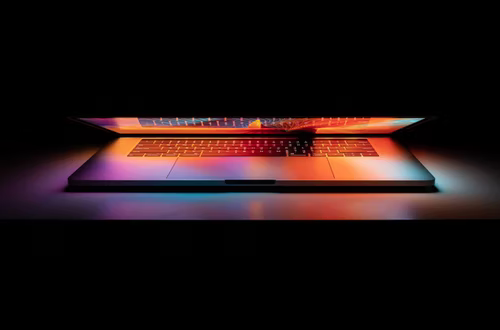
Anyone who has worked on a computer for an extended period of time will know that it can be very irritating to one’s eyes. While scientists do not believe that computer exposure can lead to blindness, it can result in eye strain and migraines, two conditions that can be very hard to live with.
Thankfully, there are lots of ways that you can reduce the damage that computers do to your eyes, from using blue light glasses to tinting one’s screen.
This article will tell you six of the most effective methods of protecting your eyes from computer screens:
Table of Contents
Blue Light Glasses
Blue light glasses are a very effective way of protecting your eyes because they reduce your exposure to blue light, which can be very harmful to your eyes. These glasses also reduce and prevent eye strain. According to the blue light experts from Block Blue Light Australia, blue light glasses can also help to fix your sleeping pattern. Overexposure to blue light can be very damaging to one’s sleeping pattern. This is especially true if you use electronic devices that emit blue light before bed. Experts recommend putting down electronic devices around two hours before you intend on going to sleep.
Screen Settings
When you are using computers and mobile phones, adjust your device’s screen settings so that instead of having a blue tinge, your device has an orange one. Most phones allow you to do this without needing to download plug-ins. If you have a computer, however, then you will probably have to download an additional plug-in or program to do it for you. When you are using your device in a dark room, make sure that your device’s screen brightness is low. In bright rooms, make sure that your brightness is high. You can damage your eyes when you look at bright screens in the dark.
High-Resolution
When you are using computers, make sure that you use high-resolution screens. Older, low-res computer screens have low refresh rates, which cause a flicker that can lead to eyestrain and headaches. Modern computers have higher resolution screens, which means that you can’t see the pixels. When you can’t see the pixels, your eyes don’t have to work as hard. This takes a lot of stress off of them, ultimately reducing your chances of developing eye strain and migraines. High-resolution screens are standard on most modern electronic devices.
Eye Exams
If you want to keep your eyes healthy, then you need to have regular eye scams. While staring at a screen won’t lead to sight loss, you could still develop other unrelated illnesses or conditions that could damage your eyes. Experts recommend seeing an optician at least once a year. If you notice that your eyesight is growing poor, or you are seeing flashes and lots of floaters, then you should make an urgent appointment. Regular eye exams give you the ability to catch and identify conditions early before they lead to sight loss.
One of the most common eye problems experienced by people who work on computers is dry eye. If your eyes feel scratchy and dry, then it’s likely that you are suffering from this condition. You can buy eye drops over the counter. Untreated dry eyes can lead to eyestrain.
Keep Distance
When you are using your devices, make sure that you keep a distance from them. If you sit with them an inch from your face, you’re bound to experience some degree of eyestrain. Ideally, you should be a few feet from your screen. When you use a computer this is not usually much of a problem. When it comes to mobile phones, however, people have a very bad habit of holding their devices immediately in front of their faces. When you are holding your phone, keep it an arm’s length away, with all of this in mind.
Frequent Breaks
If you are working on your computer for long periods of time, take frequent breaks. If you do not take frequent breaks, then you will almost certainly experience eyestrain. Most experts recommend taking five-minute breaks, every half an hour. Every twenty minutes or so you should also try to look at an object that’s around twenty feet away. This will keep your eyes sharp, reduce eyestrain, and allow your eyes to rest. Your eyes aren’t designed to look at objects that are right in front of them, as computers and phones are. You need to look off into the distance frequently and give your eyes a break.
Most people work on computers nowadays. Following this article’s advice is a sure-fire way to limit eye strain and negative symptoms caused by overexposure to screens.






